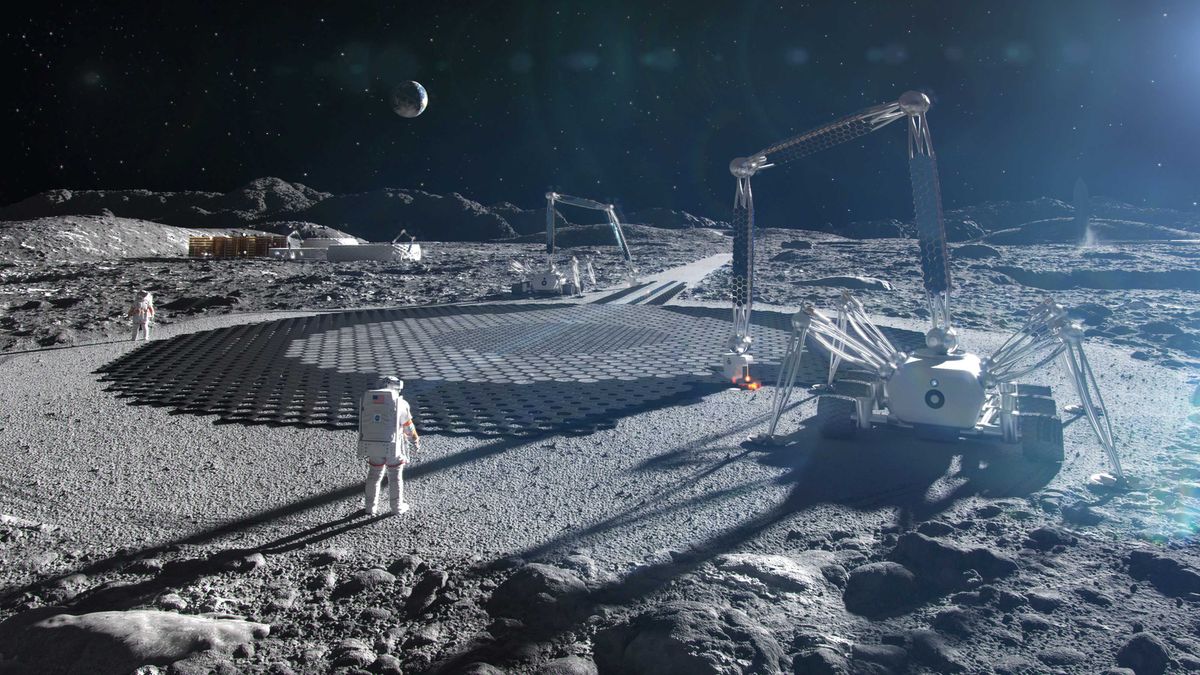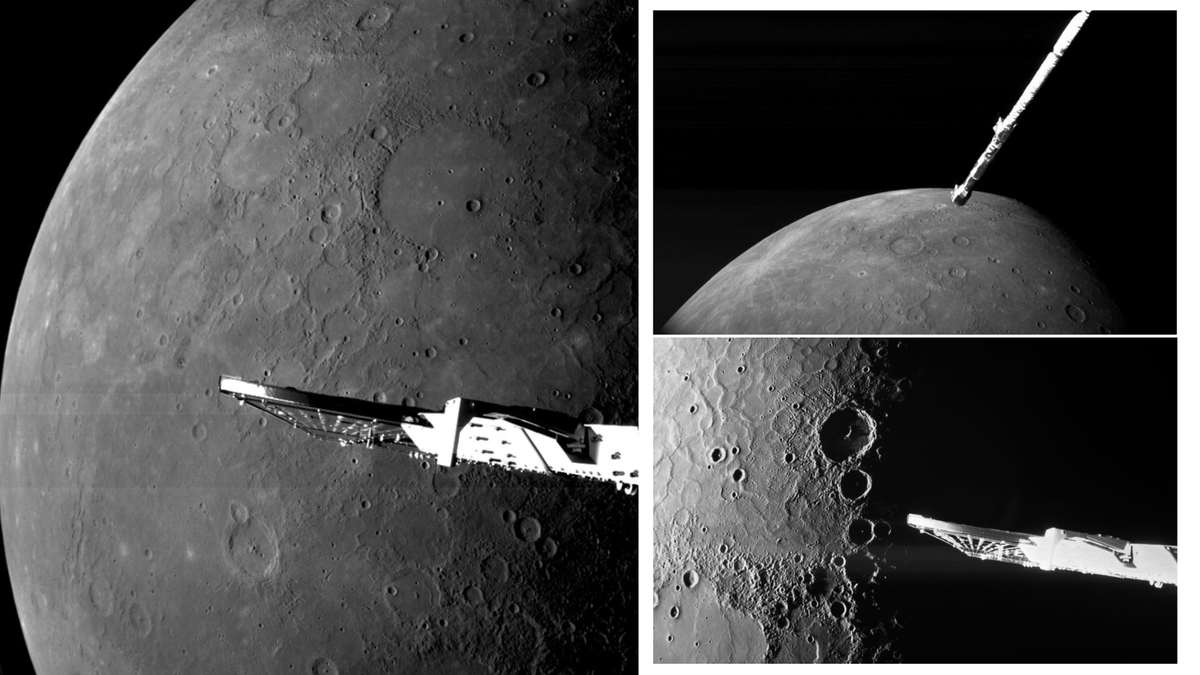
This month, Mars will shine brighter than at any time since December 2022 as it reaches a point astronomers call “opposition.” That means skywatchers will have the best views of the Red Planet — both with the naked eye and through binoculars and telescopes — until 2027.
As an added bonus, on Monday (Jan. 13), the full moon will butt in front of bright Mars in a rare lunar occultation, offering spectators the exquisite view of the Red Planet appearing to set and rise from behind the moon.
Opposition refers to when Earth sits directly between Mars and the sun. (In other words, Mars is on the opposite side of Earth as the sun.) With Earth and Mars as close as they get, Mars will appear brighter and larger than at any other time in its 687-Earth-day orbit of the sun. Only at opposition is the face of Mars fully illuminated by the sun, making it the perfect time for observation.
When to see Mars at opposition
Mars reaches opposition on Jan. 16, when it will shine a brilliant golden color to the naked eye in the constellation Gemini. A few days earlier, on Jan. 12, it will make its closest approach to Earth since its last opposition in 2022, at 59.7 million miles (96.1 million kilometers). This timing quirk occurs because the slightly elliptical orbits of both Earth and Mars cause the latter to be brightest just before opposition.
Related: The 10 best stargazing events of 2025
To see Mars at its very best, look east at sunset between Jan. 12 and Jan. 16. The Red Planet will rise at sunset, stay visible all night, and finally set in the west at sunrise. It will dominate the eastern night sky and, at magnitude -1.4, outshine every star. It will have temporary competition from Venus in the western sky — which will be far brighter, at magnitude -4.3 — but Venus will set a couple of hours after sunset. (In astronomy, a lower magnitude means a brighter object.)
Skywatching bonus: Watch the Wolf Moon ‘occult’ Mars
A bright moon will briefly photobomb Mars during its observation window. Overnight on Jan. 13-14, Mars will be occulted — or temporarily blocked — by the full Wolf Moon, disappearing and reappearing behind it as seen from North America. The two objects will cuddle up closely again about a month later; on Feb. 9, Mars will form a beautiful conjunction with a waxing gibbous moon, making it appear to get extremely close to Earth’s natural satellite.
Although it will look its best and brightest for years to come, Mars will be dwarfed by Venus in pure brightness terms by late January. Between Jan. 28 and Feb. 27, Venus will swing close to Earth and be as bright as it ever gets in the evening sky, reaching its greatest brilliance on Feb. 14.









Leave a Comment